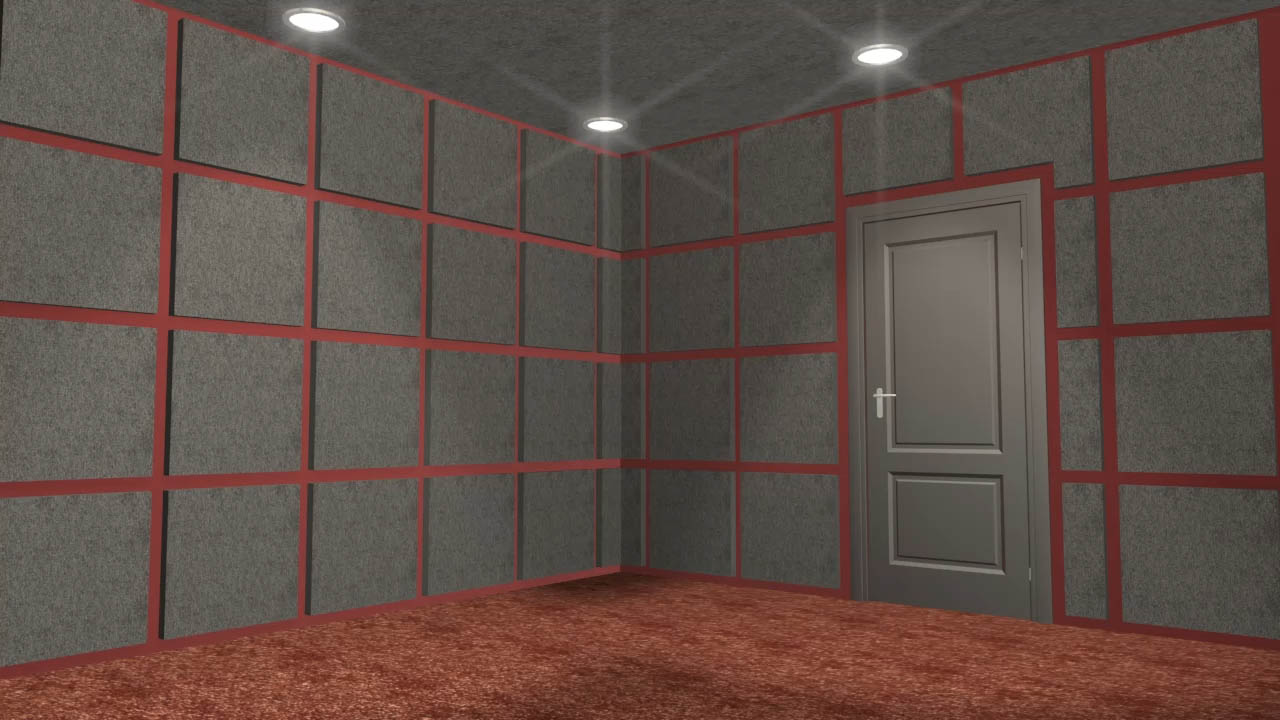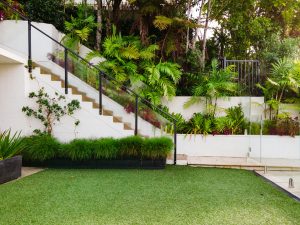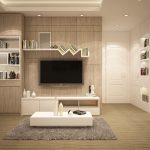Sound or the ability to hear sound is one of the many things we enjoy in life. This is how we listen to ourselves, carry on discussions, listen to music, watch movies and do a lot of other stuff. Without this function, a huge part of life and living will be lost.
Despite how obviously the important sound is, there comes a time when it becomes noise. We can simply define noise as the sound that is not wanted. How loud it is may not be very relevant to this definition because there are times when very loud sound pressure levels (SPL) can be wanted. You can check out a full exposition on noise here.
So, when it becomes noise, we begin to look for how to either remove ourselves from that environment or remove the noise from our space. This is what we will be looking at in this article. We will be discussing how this can be done, what can be used to make it happen in the different circumstances where they may be required.
What Does it Mean to Deaden Sound?
The term deadening-sound is often used to describe what is professionally known as soundproofing. This is a process through which sound is contained in such a way as to reduce its ability to be transmitted through or into a given space.
The result of a soundproofing (or deadening) exercise will be a significant reduction in the volume of the sound in a given area. If done really well, there could be a near-total elimination of sound transmission into or from the space.
How is this Done?
There are different ways to go about deadening sound. How this will be approached will depend on whether the aim is to reduce the SPL or totally cut off the transmission of these waves from and into space.
If the goal is simply to reduce the SPL in a room or any space, then the following items can be used:
Acoustic Foams
These are usually square foams specially designed to be placed on walls to reduce the occurrence of flutter echoes that can be caused when sound travels back and forth between parallel lines. The foams achieve this by absorbing some of the audio waves rather than reflecting them. By doing this, the general SPL is reduced. These can be placed around any space for more reduction in the SPL.
Sound Panels
These are similar to acoustic foams discussed above. The only difference is that they are designed to fit more smoothly into your décor. They can be of any color and can even be decorative, looking more like artworks than acoustic placements. They perform the same functions as the foams.
Acoustic Curtains
These are unusually heavy curtains that absorb audio waves more than regular curtains. When placed on windows and doors, the sound that passes through (either from inside to the outside or vice versa) is reduced. It achieves this by absorbing some of these audio waves to ensure they don’t go through or get reflected.
Appropriate Flooring Materials
There are certain flooring options that provide increased absorption. Examples include rugged floors with underlay and wood flooring. With the appropriate material, you can deaden sound.
Audio waves bounce around the room, hitting all the surfaces – walls, roof, and floor. Picture audio waves as a ball that is bouncing around. When it hits a hard surface, it will bounce back and if it hits another hard surface it will also bounce back. This will continue until it loses that initial force with which it was thrown.
Now imagine throwing the same ball with a lot of force at a wall of feathers. It won’t bounce back because the wall of feathers will simply absorb its kinetic energy and it will drop there. This is exactly what the materials described above does to audio waves.
If however, the aim of the soundproofing activity is to total prevent the transmission of audio waves, then the approach will be different. While any or all of the above absorptive strategies can also be employed, further effort will have to be made to ensure that all points from which there could be leakages are plugged.
These may include taking some of the following steps:
Decoupling
This is probably the most effective way of disrupting the transmission of audio waves. Sound cannot move in a vacuum so if a vacuum is created around a space, there will be no crossing over music, speech and other such waves. In decoupling, an attempt is made to create such a space by mounting secondary walls or barriers along with the existing ones. You will likely not find this in a list of soundproofing tips for the average person, tasks such as these will be best handled by professionals.
Acoustic Coating
This refers to the covering of surfaces with special materials that can act as barriers to the movement of audio waves. Materials like mass loaded vinyl can be used to form an acoustic layer over walls, doors, floors, and ceilings to achieve some level of soundproofing.
Sealing of Windows and Doors
Like we stated above, total isolation requires plugging any holes or leakages through which music, speech, and other such waves can be transmitted. Examples of such possible leaks include window and door edges. These should be properly sealed.
Conclusion
In many situations where a substantial amount of SPL reduction is required, a combination of many of the methods listed above is used. Which combination will work best in a particular situation will depend on the unique characteristics of each one.
To this end, it may be important for you to get professionals involved very early on in the project so they can provide you with professional guidance and assistance.












